There are certain animals whose extinction wouldn’t just be sad—it would be catastrophic.
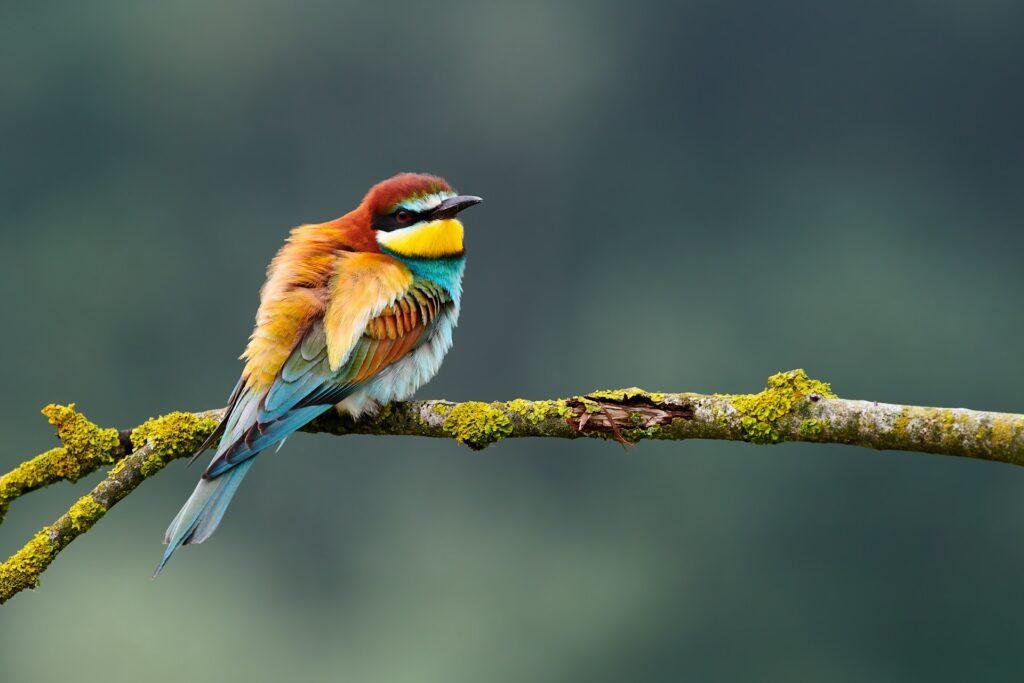
These aren’t just animals we like having around. They’re part of a much bigger system that keeps our food growing, our water clean, our health in check, and our ecosystems from collapsing. Without them, human life on Earth would become not only more difficult but more dangerous, less stable, and far more unhealthy.
Here are some of the animals that we genuinely can’t afford to lose—because if they go, things get very bleak, very quickly.
Bees keep entire food systems running.
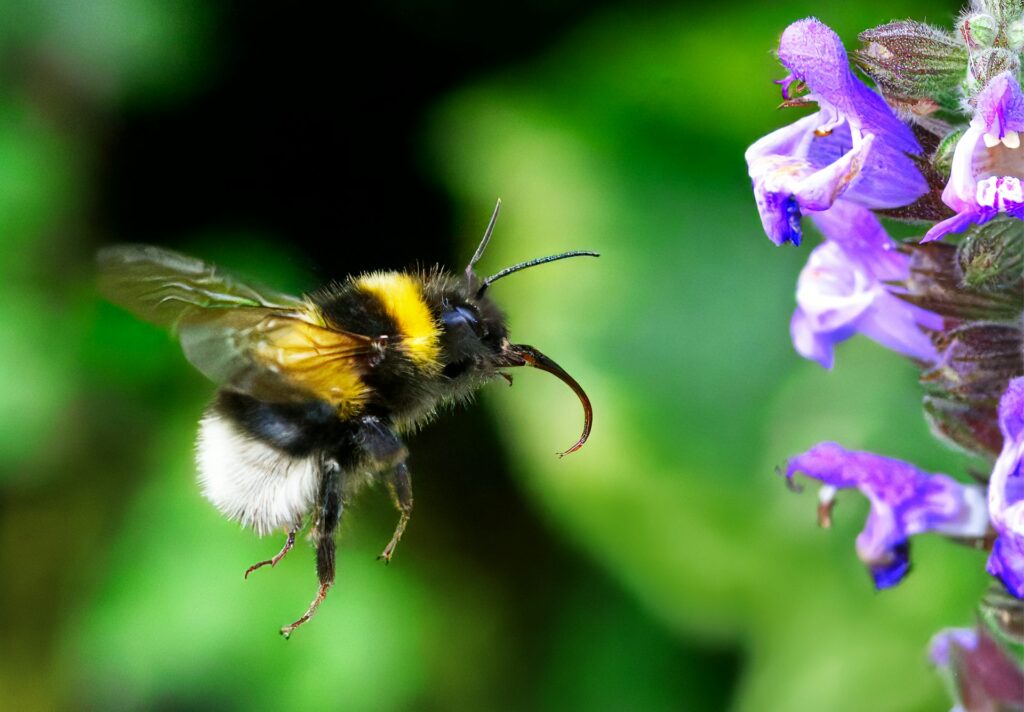
Bees aren’t just important—they’re irreplaceable. Around 75% of the world’s leading food crops depend at least partly on pollinators, and bees are the heavy lifters. Without them, everything from apples and almonds to coffee and tomatoes would decline sharply—or disappear.
But it’s not just about fewer fruits and vegetables. Losing bees would crash agricultural systems, raise food prices, and drive malnutrition—especially in low-income regions. Pollination also supports plant biodiversity, which in turn supports insects, birds, and animals further up the chain. No bees—no balance.
Earthworms are underground engineers that keep soil alive.

Earthworms don’t get much attention, but they’re vital to soil health. They break down organic matter, aerate the ground, and help mix nutrients so plants can grow. In areas with depleted worm populations, soil becomes compacted and lifeless—less able to absorb water, grow crops, or support microorganisms.
Without earthworms, farmers would see plummeting yields, particularly in places already facing soil degradation. And it’s not just crops—our entire food chain relies on healthy soil. No worms—no foundation.
Bats control pests and prevent disease.
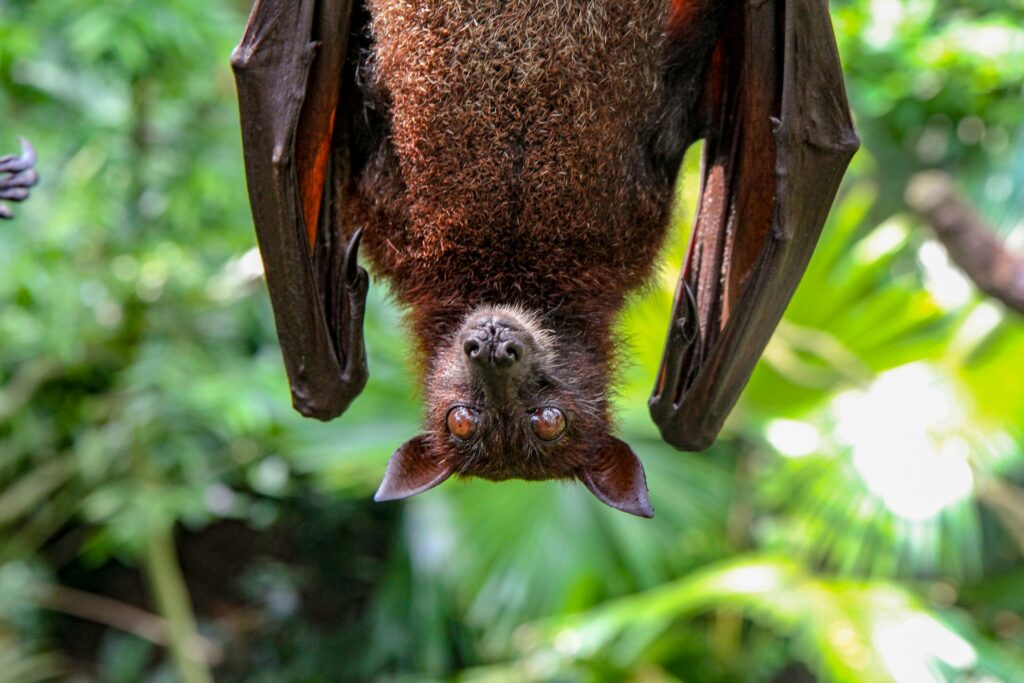
Bats are one of nature’s most effective pest controllers. A single bat can eat thousands of insects in one night—including mosquitoes and crop-destroying moths. Their loss would lead to surges in insect populations, putting food supplies at risk and increasing the spread of diseases like malaria, dengue, and Zika.
Their droppings, called guano, are also rich in nutrients and used as fertiliser in some parts of the world. So they contribute to food production above and below ground. Take bats away, and we lose a major line of defence against both illness and famine.
Vultures prevent disease outbreaks.
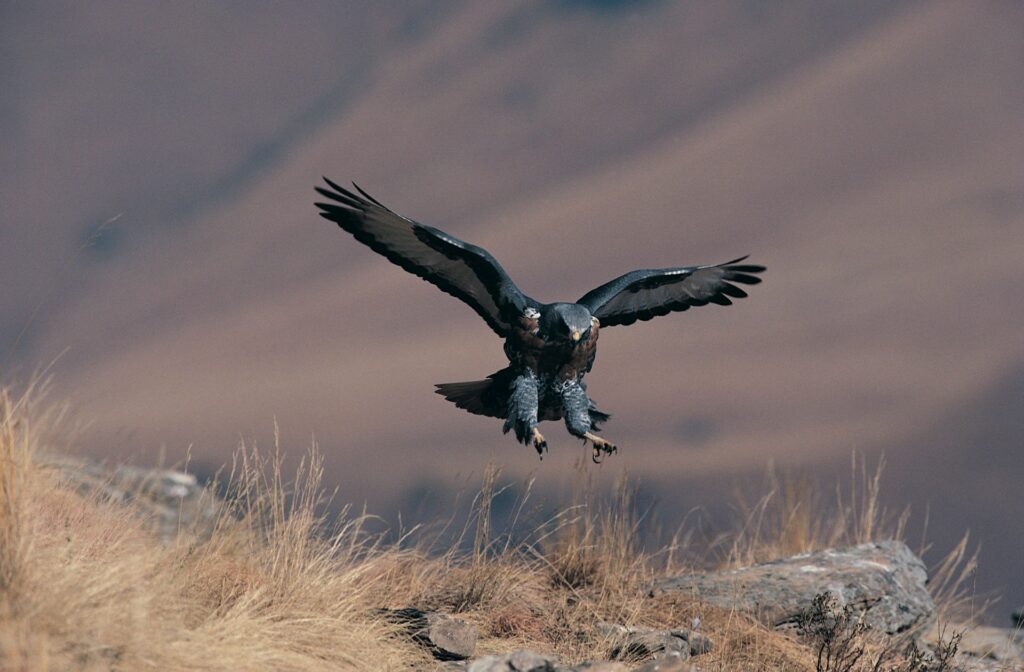
They might not win any beauty contests, but vultures are frontline health workers in many ecosystems. They consume carrion rapidly and efficiently, preventing the spread of bacteria and viruses. In India, vulture populations crashed due to a veterinary drug in livestock—and the result was a surge in feral dog populations feeding on carcasses, along with a sharp rise in rabies cases.
If vultures disappeared completely, decomposing bodies would rot in the open—creating a perfect storm for cholera, anthrax, and other deadly diseases. They’re not just scavengers—they’re sanitation workers for the planet.
Krill are the base of entire marine food chains.
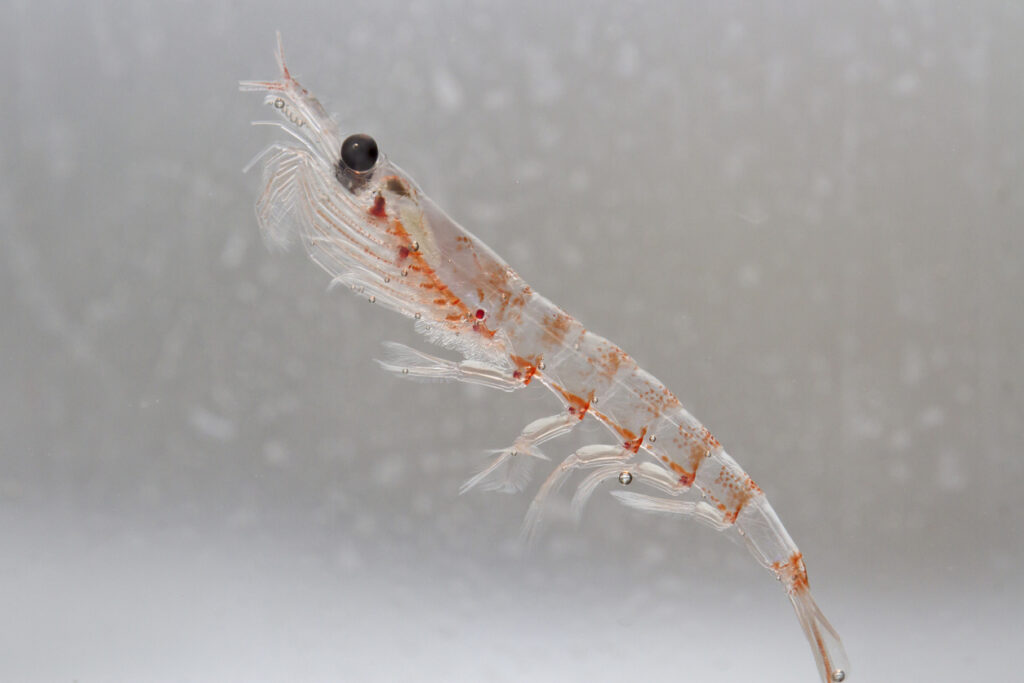
Tiny, shrimp-like and often overlooked, krill are the engine room of the Southern Ocean. Whales, seals, penguins, and countless fish species rely on them as a primary food source. But it doesn’t stop there. If krill disappear, those animals collapse—and then the predators that rely on them collapse too.
But here’s the kicker: krill also play a role in carbon storage. By feeding at the surface and excreting waste at deeper levels, they help pull carbon from the atmosphere into the ocean depths. Losing them would destabilise marine food webs and increase climate pressure.
Plankton quietly regulate our climate and oxygen.
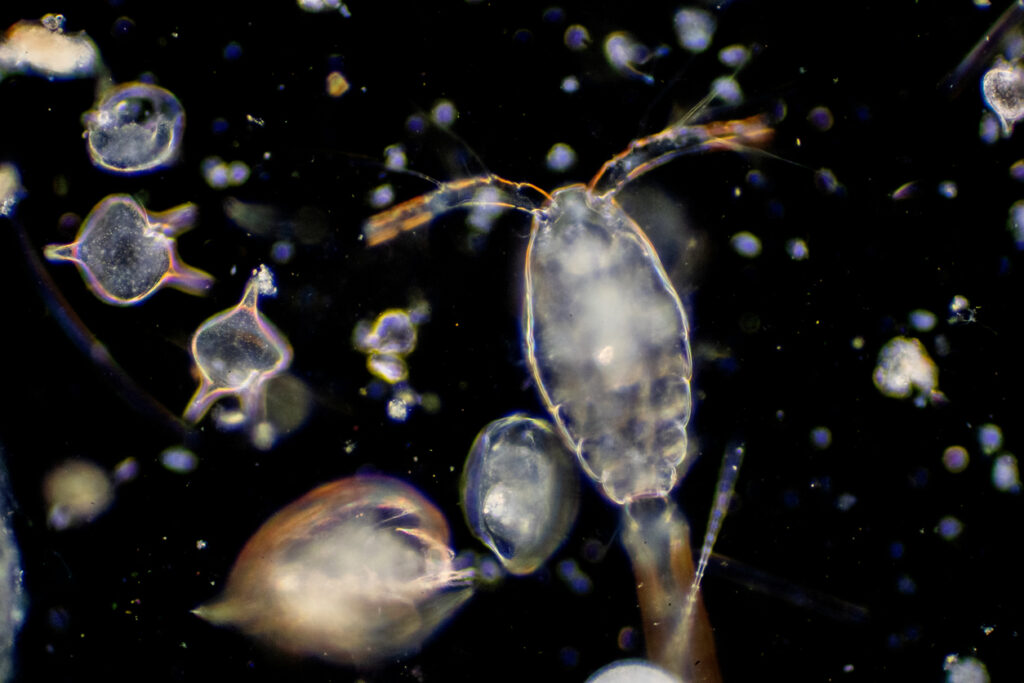
Phytoplankton produce more than half the oxygen we breathe. They’re microscopic, but collectively they’re responsible for absorbing massive amounts of CO₂ and supporting entire marine ecosystems. Without plankton, we’d not only lose oxygen but also accelerate climate change dramatically.
The collapse of plankton would mean crashing fish populations, which in turn impacts global food security—especially for coastal and low-income communities that rely on fish as a protein source. No plankton—no breathable air, no seafood, no balance.
Elephants shape ecosystems in powerful ways.
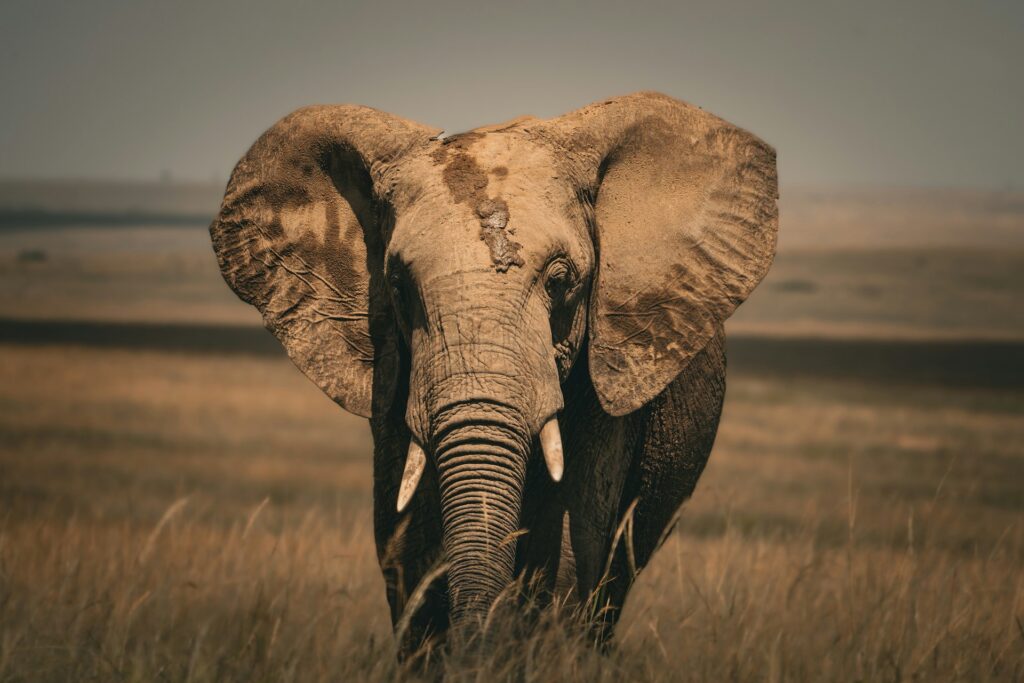
Elephants don’t just live in their habitats—they transform them. In savannas, they knock over trees to create open grassland. In forests, they disperse seeds across huge distances through their dung. Their movements shape the land for countless other species, from birds to frogs to insects.
If elephants vanished, entire landscapes would change. Biodiversity would drop, vegetation would become imbalanced, and many smaller species would go with them. They’re keystone species—lose them, and the whole system falls apart.
Sharks keep marine life in check.
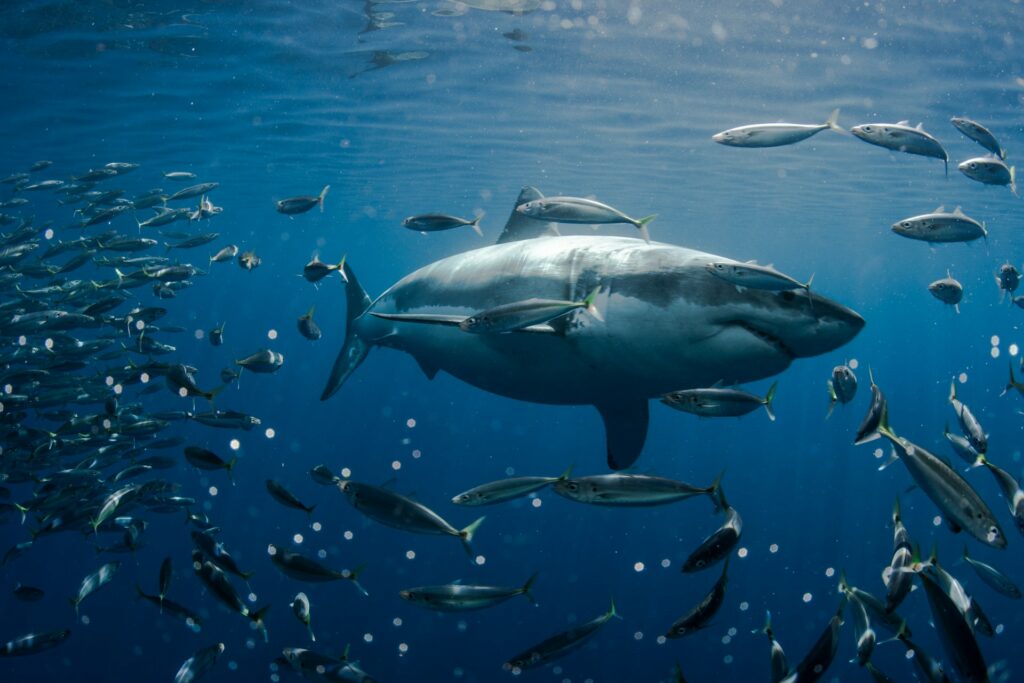
Sharks are apex predators that maintain the balance of ocean ecosystems. By preying on the sick and weak, they keep fish populations healthy and prevent overgrazing of seagrass beds or coral reefs. Without sharks, some species explode in number while others vanish—unbalancing the whole system.
That imbalance has a knock-on effect. Coral reefs suffer, fish populations dwindle, and food chains collapse. It’s not just a loss for biodiversity—it’s a hit to fishing industries, tourism, and global food supplies.
Frogs are early warning systems for environmental health.
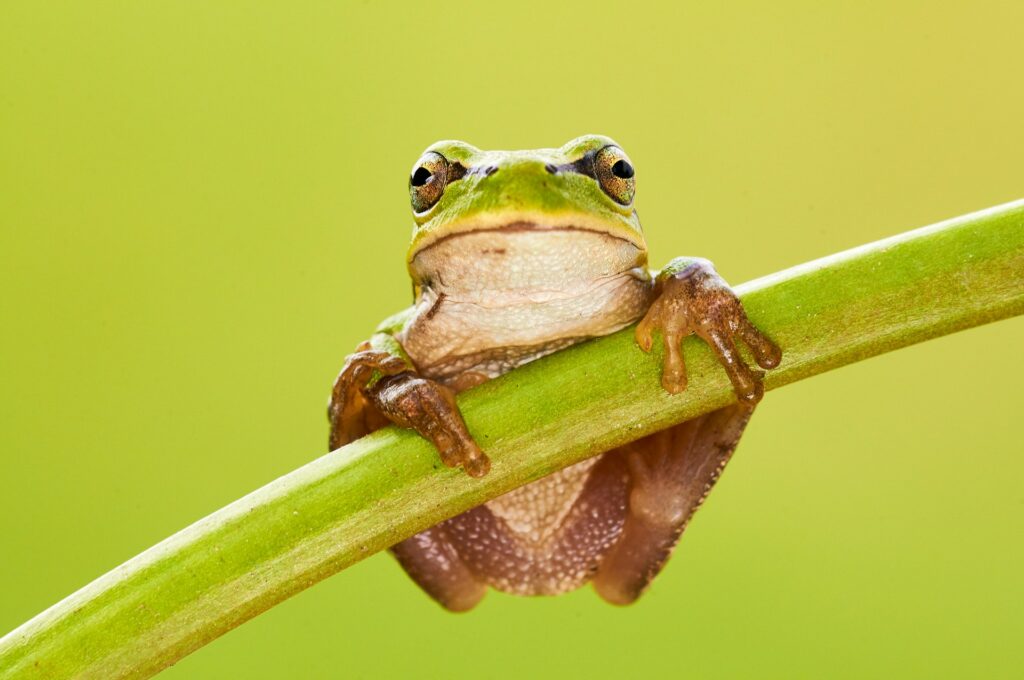
Frogs are hyper-sensitive to pollution, temperature changes, and chemical imbalances. They’re like living sensors—if something’s wrong in the environment, they’re often the first to show it. When frog populations decline, it usually means something toxic is spreading—and humans are next in line.
They also eat vast quantities of insects, supporting agriculture and reducing disease risk. In losing frogs, we not only lose biodiversity—we lose one of our best early detection systems for environmental collapse and public health threats.
Birds help control insects, plant forests, and move nutrients.
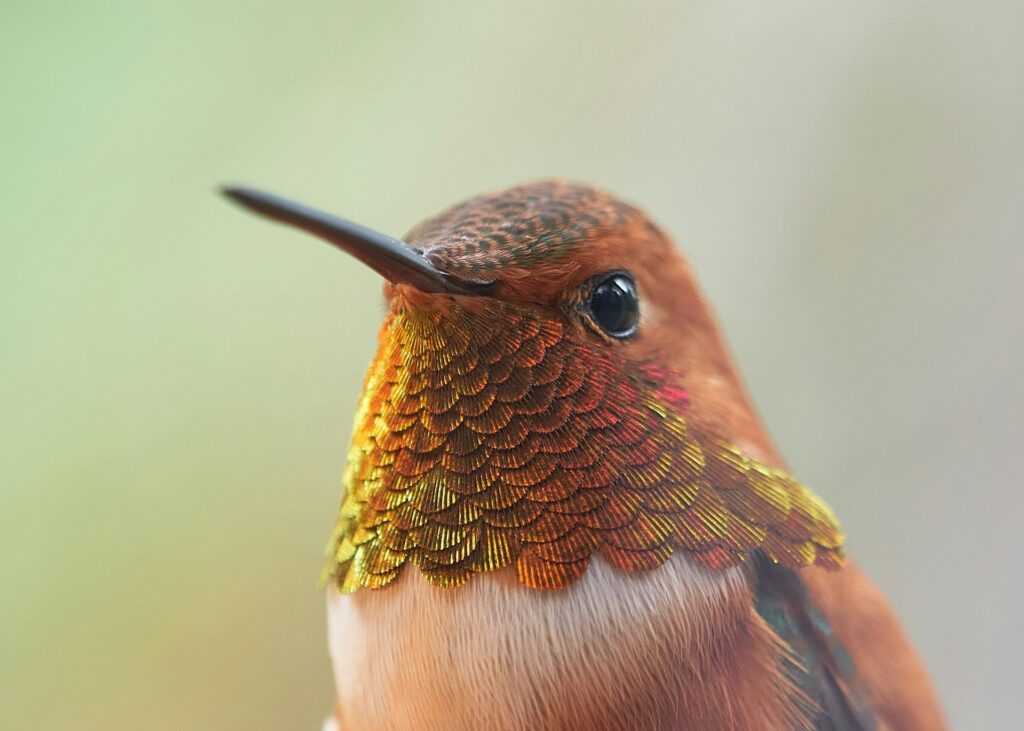
Birds are some of the most effective ecosystem multitaskers. Insect-eaters control crop pests. Fruit-eaters spread seeds over wide areas. Scavengers clean up carcasses. Seabirds even move nutrients from ocean to land through their guano, enriching island ecosystems.
Take birds away, and you’ll see more crop damage, fewer trees regenerating, and weakened ecosystems. Birdsong going silent isn’t just a loss of beauty—it’s a warning bell.
Ants maintain soil and keep pests in check.
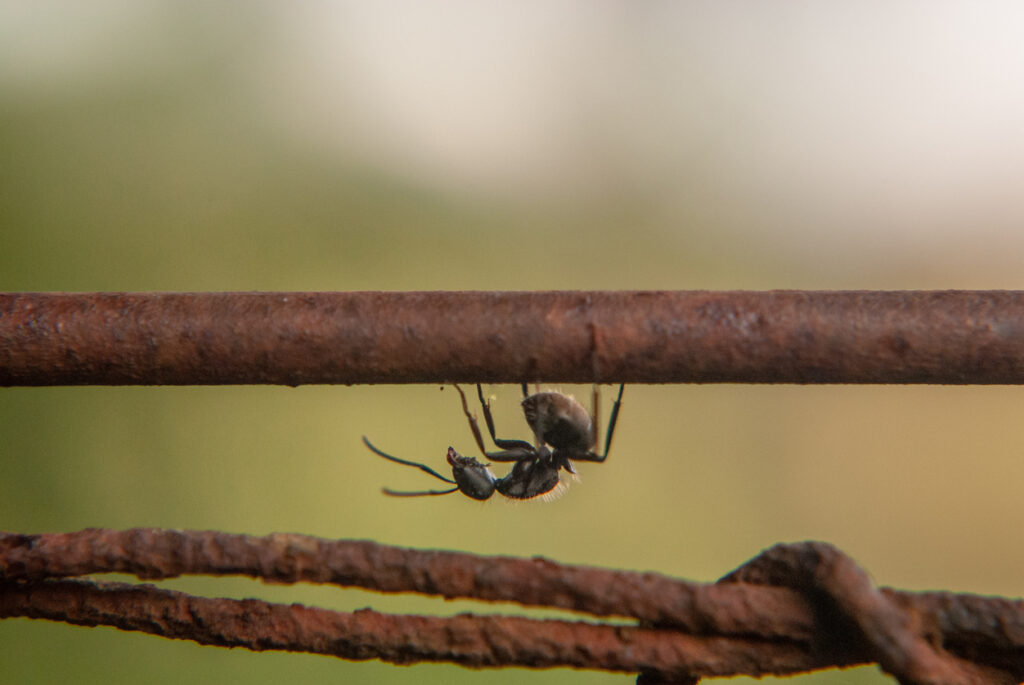
Like earthworms, ants are essential to soil health. They aerate it, help break down organic matter, and distribute seeds. Some ant species even defend crops by killing harmful insects—essentially acting as natural pest control.
Without ants, we’d see a gradual but serious decline in soil productivity, more crop pests, and weaker plant communities. They’re small, but they’re incredibly busy keeping things running underground.
Coral is the foundation of marine biodiversity.
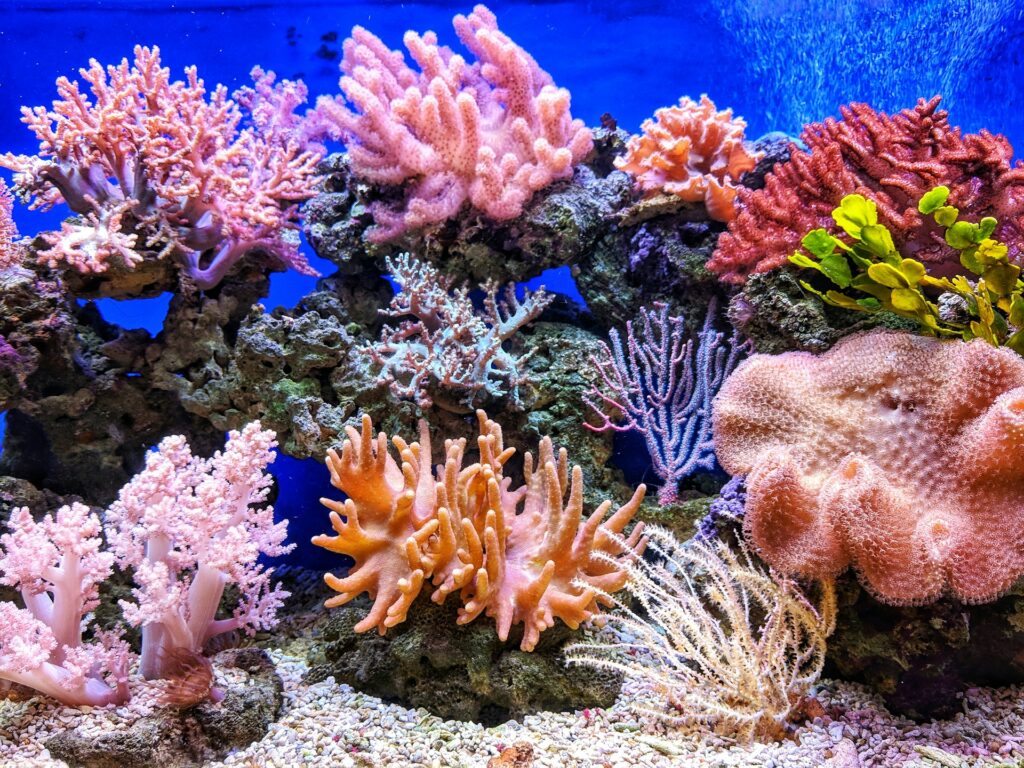
Coral reefs support around 25% of all marine life—even though they only cover a tiny fraction of the ocean floor. They’re nurseries for fish, protect coastlines from storm damage, and support millions of people through food and tourism.
Losing coral—already happening through bleaching events—means losing the structures that countless species depend on. Economies suffer, fish stocks collapse, and entire ecosystems vanish. Coral isn’t just pretty—it’s a life support system.
Wolves restore balance across entire ecosystems.
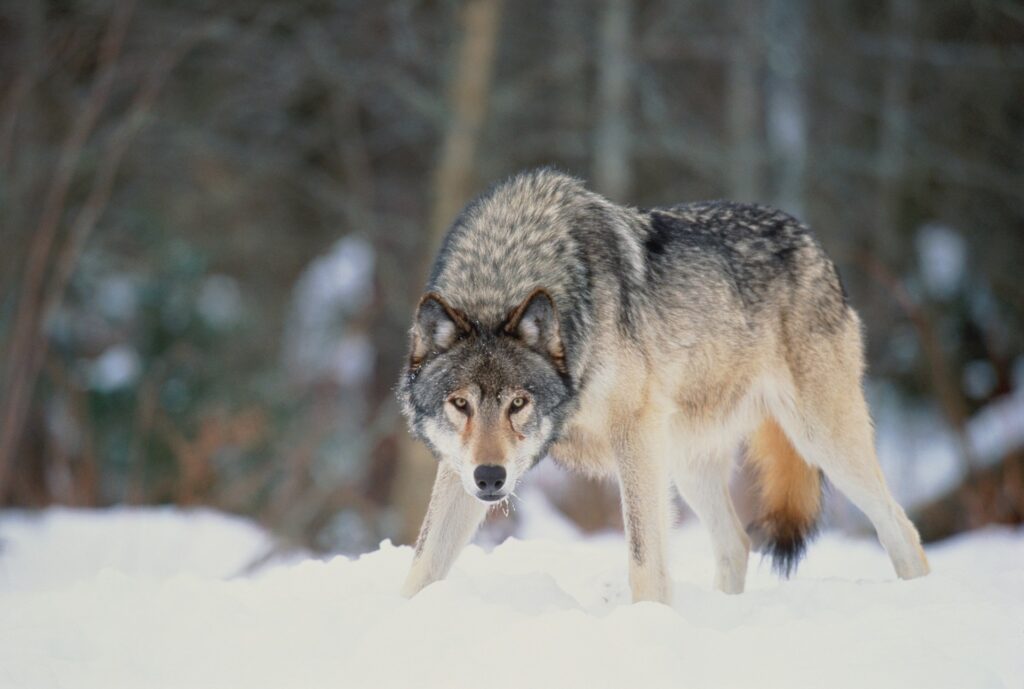
When wolves were reintroduced to Yellowstone National Park, they didn’t just reduce deer populations—they transformed the landscape. With fewer deer grazing riverbanks, trees and plants returned. That brought back birds, beavers, and healthier waterways. It’s called a trophic cascade—where one predator changes everything down the line.
Without wolves and other top predators, ecosystems lose complexity and resilience. You get overgrazing, erosion, disease, and fewer plant and animal species. Predators matter—not because they kill, but because they regulate.
Losing any species is tragic, but some losses would go far beyond sentiment or symbolism.
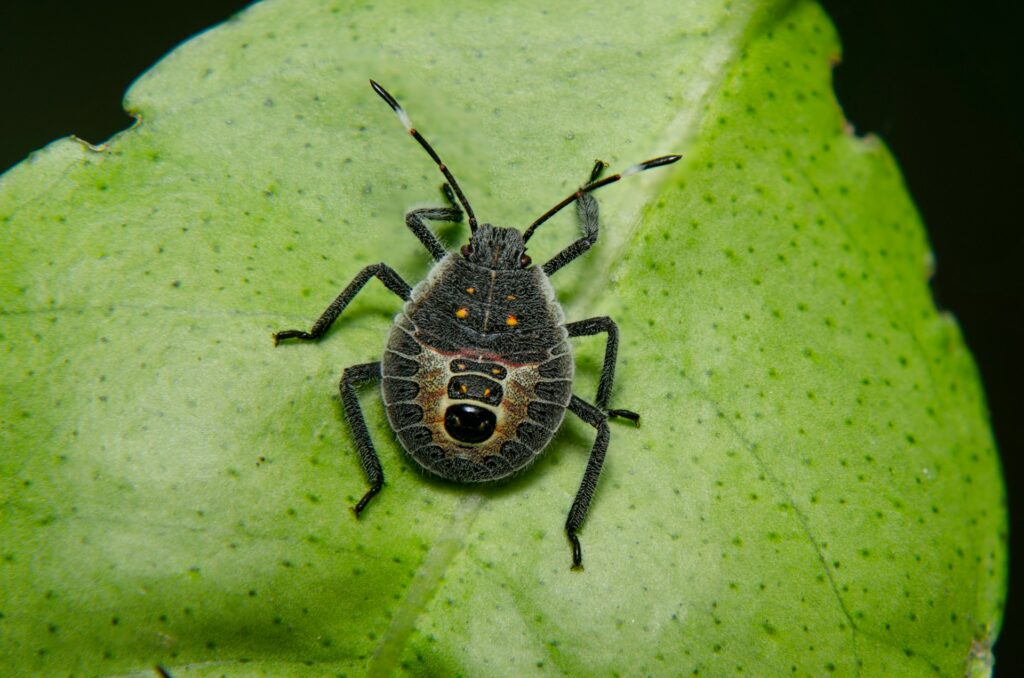
In reality, they’d affect our health, food, water, climate, and safety. These animals aren’t just part of the planet’s fabric—they’re holding it together.
When we talk about conservation, it’s easy to think of it as something “for nature.” But it’s really for us. Because once these animals go, it’s not just the forests and oceans that suffer. It’s farms, hospitals, supermarkets, cities—our entire way of life. Protecting these creatures isn’t a luxury—it’s a necessity.